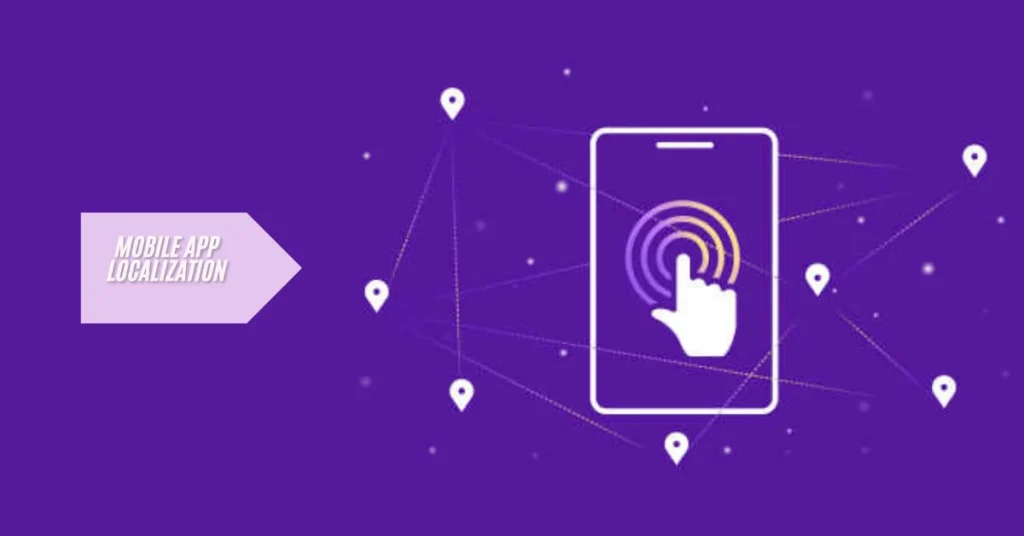In an increasingly interconnected world, mobile app localization is essential for engaging users on a global scale. Far beyond simple translation, localization adapts an app’s language, cultural context, and technical elements to align seamlessly with the preferences and expectations of users in diverse regions. By embracing localization, developers create experiences that resonate deeply with users, ultimately leading to higher satisfaction, stronger engagement, and greater retention.
The Growing Importance of Localization in Mobile Apps
With mobile apps spreading worldwide, the demand for apps that cater to specific cultural needs has skyrocketed. The right localization can expand a user base exponentially by offering an experience that feels personal and relevant. Users are far more likely to stay engaged with an app that speaks their language, reflects their cultural values, and supports regional needs. Beyond linguistic changes, the details matter: units of measurement, time formats, and even imagery can impact a user’s overall comfort and enjoyment. Localization isn’t just about translating; it’s about embracing a user’s worldview.
Understanding the Difference Between Translation and Localization
While translation deals with converting words from one language to another, localization goes further by adapting all content to resonate with specific cultural nuances. Imagine an app with a holiday-themed feature: simple translation might keep terms like “Thanksgiving” in the code, which may not resonate with users in non-U.S. markets. Localization, on the other hand, would adapt this feature for relevance—maybe by including local celebrations or symbols that fit the culture. These nuanced changes improve usability and create an authentic connection with users.
Key Elements of Mobile App Localization
Successful localization is multi-dimensional, involving several core elements that go beyond just words:
- Language Adaptation: This involves not just translating words but adapting idioms, dialects, and phrases unique to the region.
- Cultural Context and Imagery: Graphics, icons, and even color schemes can be culturally loaded, and adapting them builds familiarity.
- Time, Date, and Unit Conversions: Ensuring these details are region-appropriate enhances the user experience.
- Legal and Regulatory Adjustments: Different regions have unique data privacy laws and user consent requirements, which need to be respected in localized versions.
Each of these elements contributes to creating an app that feels intuitively designed for the user’s specific background.
Why Mobile App Localization Matters for User Engagement
Localization directly affects user satisfaction and engagement, which are essential metrics for app success. When users find that an app adapts to their cultural norms, they feel valued and are more likely to interact with the app positively. In turn, localized apps often receive better reviews and ratings, increasing their visibility on app stores. An app optimized for specific regions also benefits from localized app store optimization (ASO), which ensures higher rankings and download rates within those target markets.
Challenges in Mobile App Localization
Localization is a rewarding process, but it comes with its share of challenges. Cultural nuances vary widely, making context a critical factor that can be challenging to get right. Technical issues also arise, such as ensuring that the app’s layout accommodates languages with different text directions, such as Arabic or Hebrew. Testing becomes crucial as issues can sometimes appear only when the app is used in different regional settings. Overcoming these challenges requires a mix of cultural expertise, technical flexibility, and iterative testing.
Developing a Mobile App Localization Strategy
Creating an effective localization strategy starts with identifying the target markets and understanding their specific preferences. For example, social media apps might prioritize localization for high-growth markets like India or Brazil. Balancing the depth of localization with available budgets is also essential—sometimes starting with language and cultural adjustments is enough for smaller budgets. Finally, developers need to decide whether to manage localization in-house or outsource it to specialists.
Building a Localization-Ready App Architecture
For successful localization, building a flexible app structure is crucial. An app should support scalability, with a UI that can adjust to various language lengths and layouts. Localizing date, time, currency, and units also requires careful coding to ensure all parts of the app display data correctly across different settings. Using localization libraries and frameworks can make the process easier and ensure consistency.
Best Practices for Successful Mobile App Localization
To make localization a smooth process, it’s best to integrate it into development from the beginning. Working with native language experts ensures linguistic accuracy and cultural sensitivity, which automated translation tools often lack. Continuously gathering and applying user feedback from target markets helps refine the app further, ensuring that users feel a personal connection with the product.
The Role of Automation in Mobile App Localization
Automation tools can streamline localization by handling repetitive tasks and speeding up the process. Machine translation, while not perfect, can assist with initial drafts, which native language experts can then refine. Automated tools for localization testing can quickly identify layout and functional issues, helping developers launch faster in new markets. However, human expertise remains essential to capture cultural subtleties and ensure the app feels native to the user.
Testing and Quality Assurance in Localization
Localized testing is crucial for avoiding potentially costly missteps. This phase includes testing for linguistic accuracy, UI adaptability, and overall user experience to identify and resolve issues before launch. Localized quality assurance (QA) also assesses whether cultural references make sense and evaluates the usability of the app in specific markets. This meticulous process ensures users enjoy a smooth and relevant experience.
Localizing for App Store Optimization (ASO)
For an app to thrive globally, localized ASO is essential. This includes creating localized titles, descriptions, and keywords that appeal to each specific region. For example, users in Germany may search for keywords different from those in Japan, and ensuring region-specific keywords boosts visibility in app stores. A localized ASO strategy enhances an app’s chances of attracting downloads and improving rankings.
Case Studies: Brands with Successful Mobile App Localization
Many brands, like Spotify and Airbnb, are prime examples of successful app localization. Spotify adapts its playlists, genres, and language to suit listeners from each country, creating a personalized feel. Similarly, Airbnb tailors its content for different regions, considering local languages and cultural imagery to create a more welcoming experience for users. These examples show that thoughtful localization can significantly contribute to global success.
Tracking Metrics and User Feedback in Localized Markets
Metrics such as retention rates, engagement levels, and user satisfaction scores offer insights into how well localization resonates with target audiences. User feedback is equally valuable for identifying areas for improvement, helping to refine and optimize the experience continually. Monitoring ROI on localization efforts is also essential to evaluate the business impact and make data-informed decisions on future market expansions.
Conclusion
Mobile app localization is more than an adaptation; it’s an investment in building meaningful connections with users around the world. By respecting cultural contexts and tailoring user experiences, developers can create an app that resonates personally with diverse audiences, leading to stronger engagement and brand loyalty. The success of localized mobile apps shows that the extra effort to understand and cater to global users is worth it, making localization a strategic necessity for today’s digital landscape.
FAQs
Q: What is the difference between app localization and translation?
Ans: Localization includes translating language and adapting cultural elements, while translation focuses only on converting words from one language to another.
Q: How does localization affect user engagement?
Ans: Localization makes users feel the app is designed for them, boosting engagement, satisfaction, and retention.
Q: How long does mobile app localization typically take?
Ans: The timeline depends on the app’s complexity, number of regions, and localization depth, typically ranging from a few weeks to several months.
Q: Which markets benefit most from app localization?
Ans: Fast-growing regions like Asia, South America, and Europe often see the greatest impact from app localization.
Q: Can small businesses benefit from mobile app localization?
Ans: Yes, even small businesses can expand their reach and engagement in new regions with targeted localization efforts.







